TEESCO

Mission Statement:
The Technology Enabled Environmental Surveillance and Control (TEESCo) Program is dedicated to revolutionizing environmental protection by developing and prototyping innovative wired and wireless sensor networks for the detection and control of water- and air-borne microbial and chemical threats. By fostering interdisciplinary collaboration while considering the societal implications of environmental surveillance, TEESCo aims to ensure equitable access to environmental resources, to enhance operational controls, and to provide transparent outcomes for policymakers and the general public. Through the application and development of cutting-edge technology, comprehensive data analytics, and a holistic approach, TEESCo seeks to redefine the future of environmental monitoring and risk management, ultimately contributing to the resilience, reliability, and sustainability of global environmental systems.
Research Efforts:
In an era marked by pressing environmental challenges, the Technology Enabled Environmental Surveillance and Control (TEESCo) Program represents a critical milestone in the pursuit of comprehensive environmental management solutions. With its core focus on the development of wired and wireless sensor networks for the detection and control of water-borne and airborne microbial and chemical threats, TEESCo is uniquely positioned to address the complex interconnections between the natural and built environment. As such, we offer a transformative approach that transcends traditional silo-based environmental management strategies.
The urgent need for a program like TEESCo is underscored by the increasing frequency of environmental crises, including lead contamination incidents, rising levels of PFAS and microplastics, pathogen impairments, and the spread of antibiotic resistance. All of these challenges demand reevaluation of existing environmental monitoring methodologies and focused advancement of alternative approaches. By emphasizing the development of distributed environmental sensing, TEESCo aims to bridge the gap between scientific developments and societal needs, integrating considerations of ethics, equity, and privacy to foster public and stakeholder buy-in. Through the convergence of cutting-edge sensor technologies, data analytics, and a comprehensive understanding of the social, political, and economic dimensions of surveillance, TEESCo endeavors to usher in an era of real-time monitoring and risk management, ensuring sustainable and equitable environmental surveillance.
TEESCo Leadership

Peter Vikesland
Director of the VT-Technology Enabled Environmental Surveillance and Control Program
Nick Prillaman Professor of Civil and Environmental Engineering

Stanley Grant
Professor of Civil and Environmental Engineering
Director of the Occoquan Watershed Monitoring Laboratory
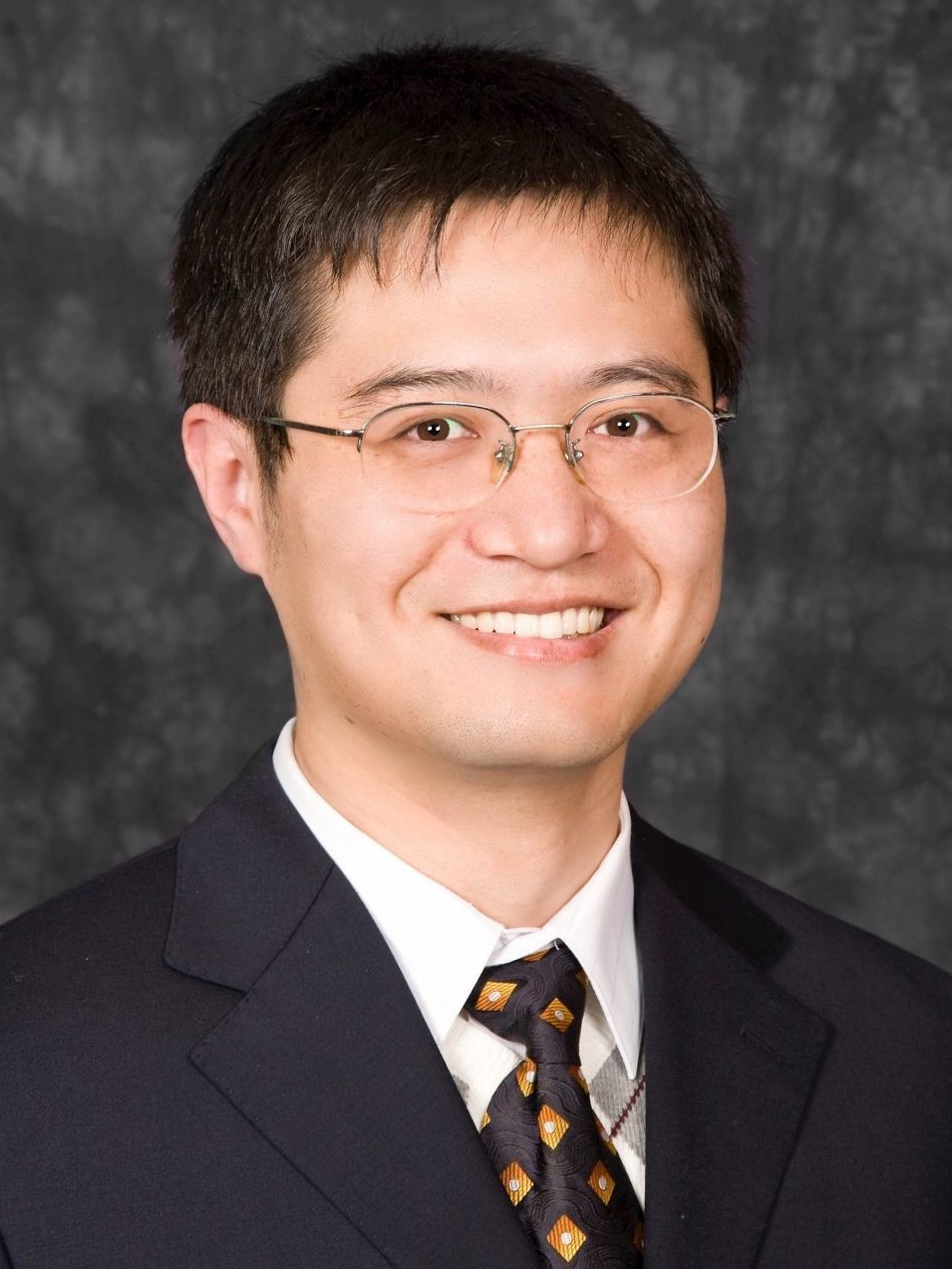
Lingjia Liu
Professor and Bradley Senior Faculty Fellow of Electrical and Computer Engineering
Director of Wireless@Virginia Tech
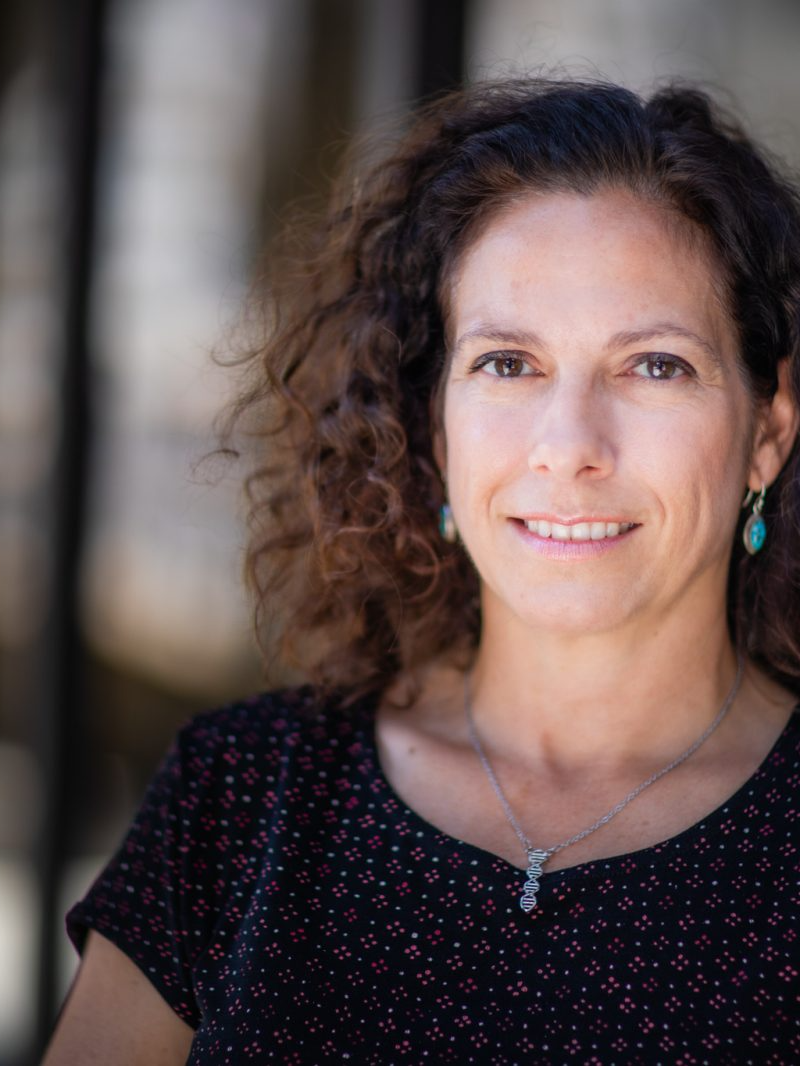
Amy Pruden
W. Thomas Rice Professor and University Distinguished Professor of Civil and Environmental Engineering
Director of NSF Combating Antimicrobial Resistance (CIP-CAR) National Research Traineeship
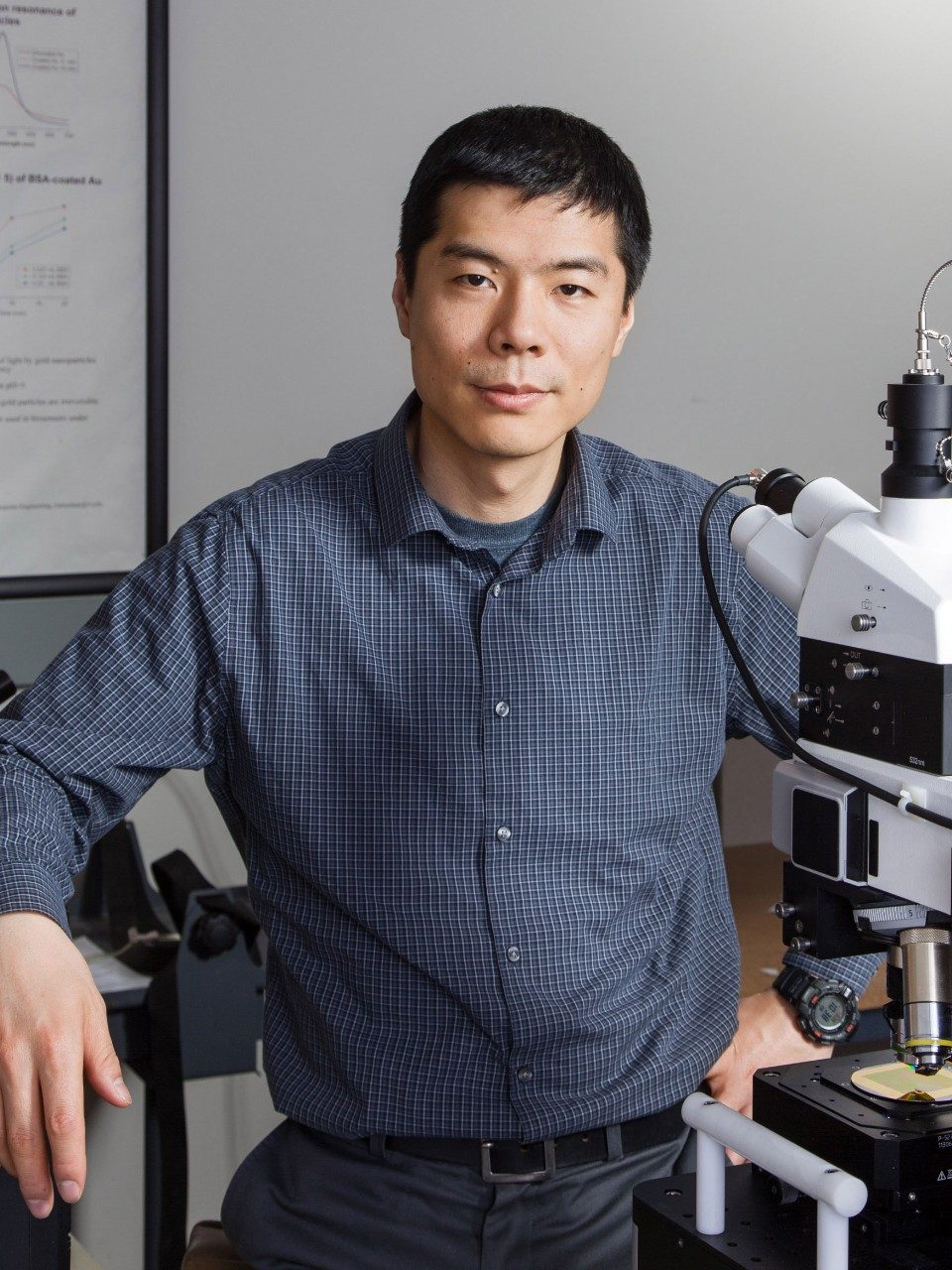
Wei Zhou
Associate Professor of Electrical and Computer Engineering
TEESCo Affiliates
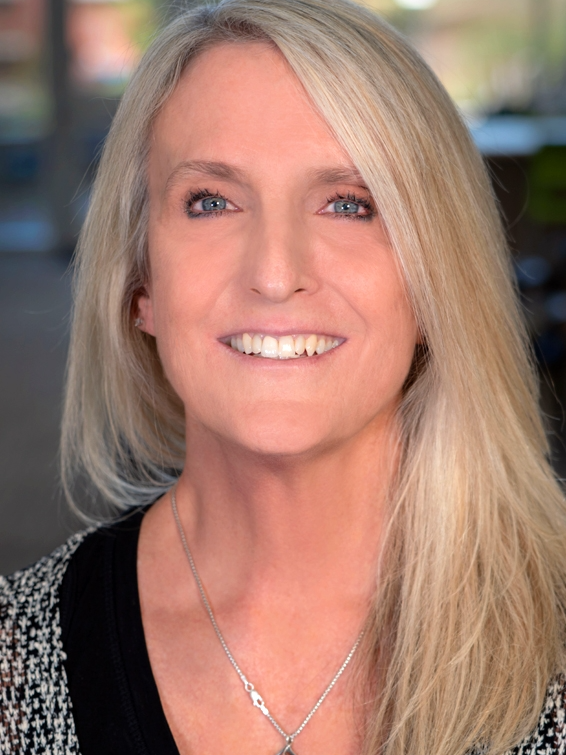
Kathleen Alexander
Professor of Fish and Wildlife Conservation
Director of the Centre for African Resources: Animals, Communities, and Land Use (CARACAL)

Alasdair Cohen
Assistant Professor of Population Health Sciences

Harpreet Dillon
Professor of Electrical and Computer Engineering
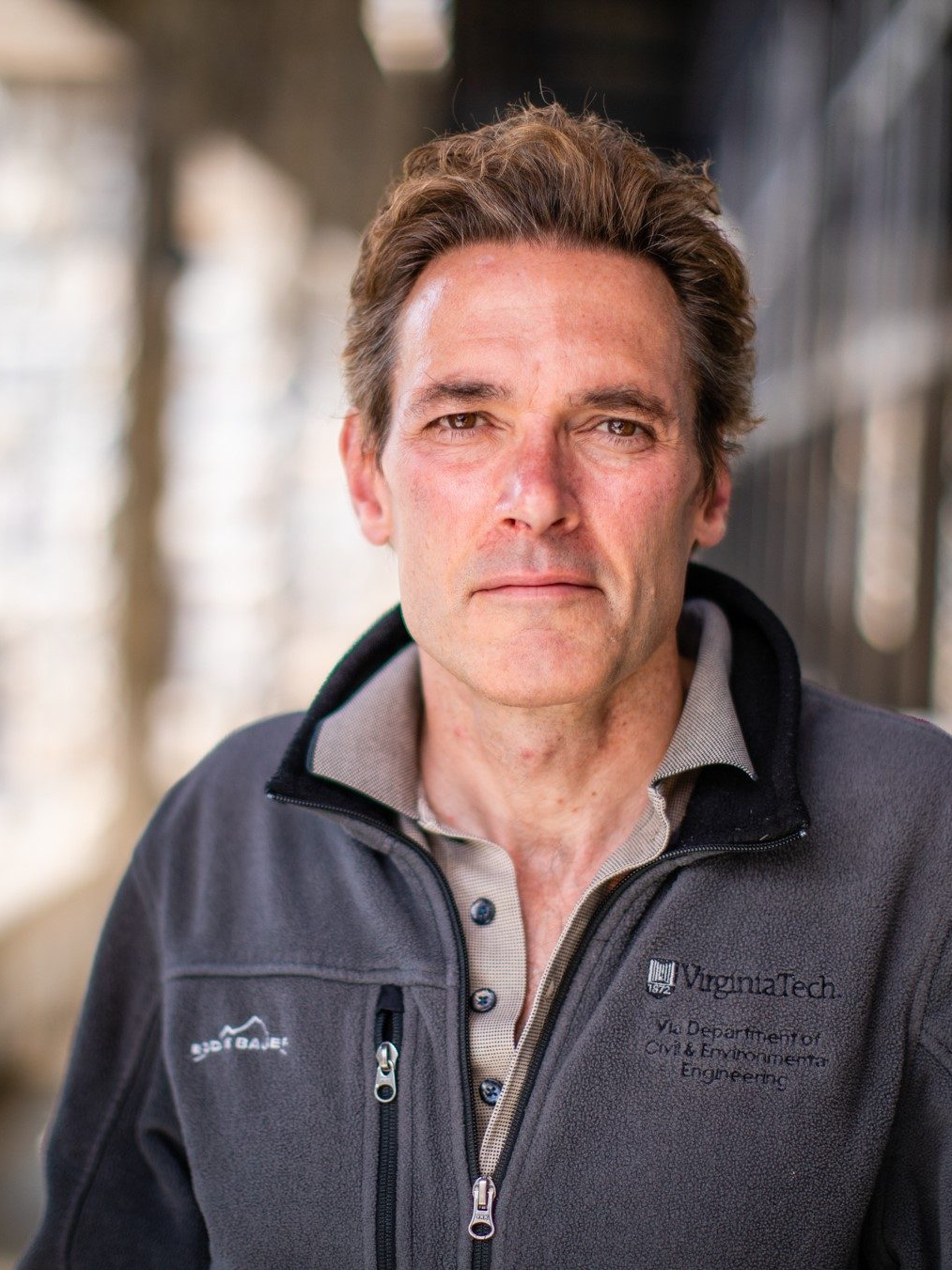
Marc Edwards
University Distinguished Professor of Civil and Environmental Engineering
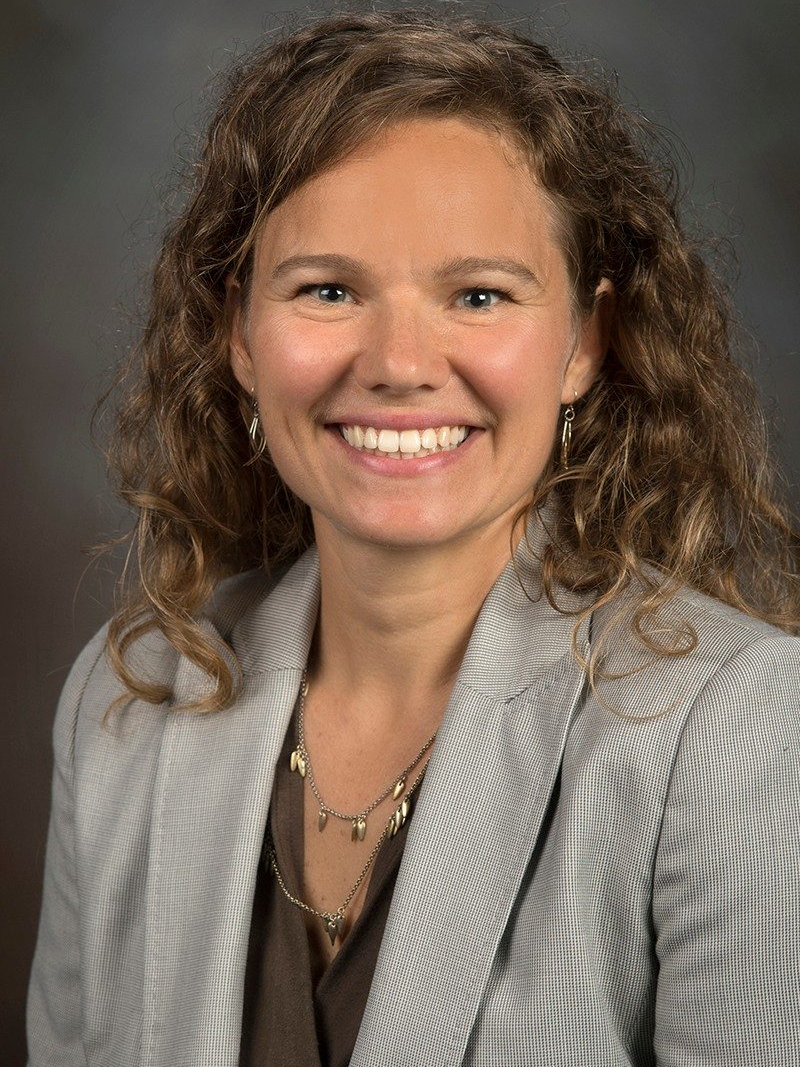
Julia Gohlke
Associate Professor of Population Health Sciences
Director of NIH Rural Environmental Health T32 Training Program

Lenwood Heath
Professor of Computer Science
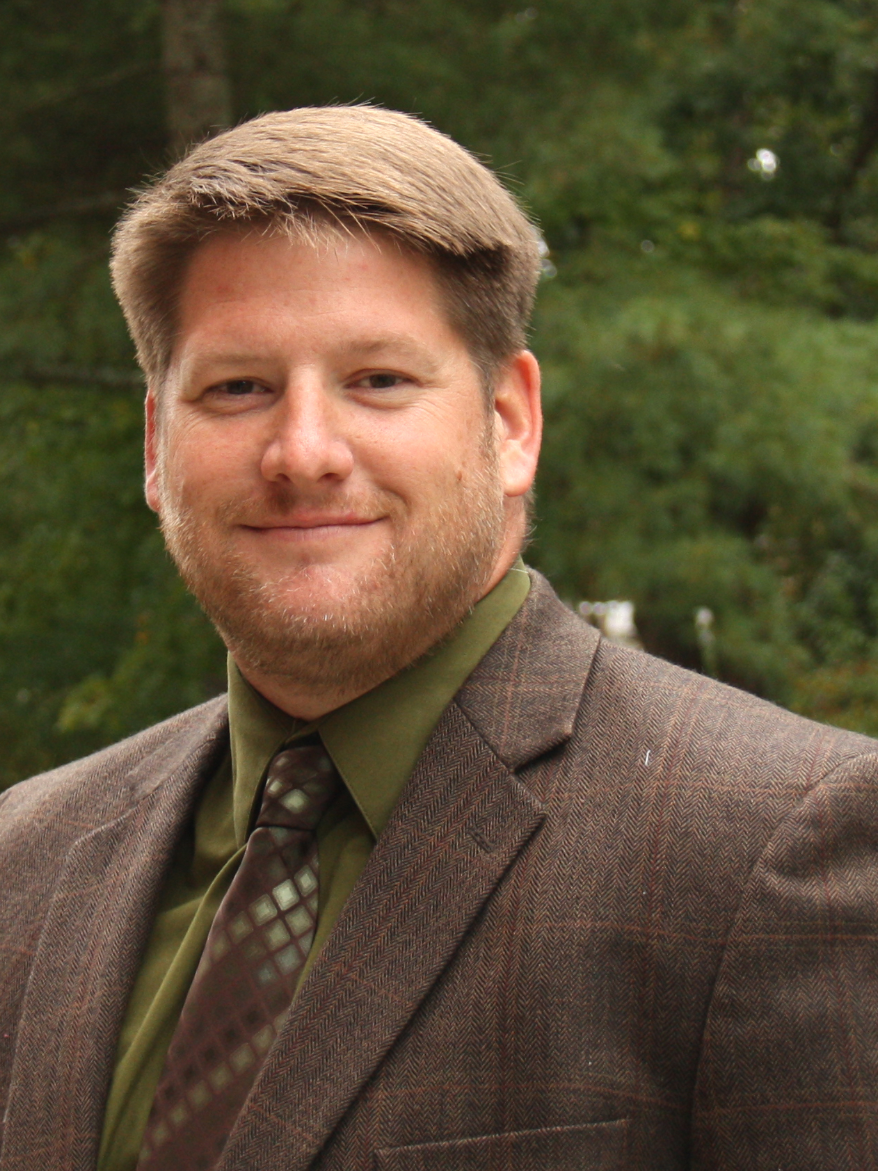
Matthew Hull
Director of Virginia Tech ICTAS Nanoscale Characterization and Fabrication and Materials Characterization Laboratories

Ming Jin
Assistant Professor of Electrical and Computer Engineering
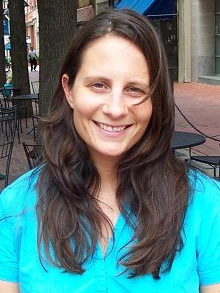
Korine Kolivras
Professor of Geography
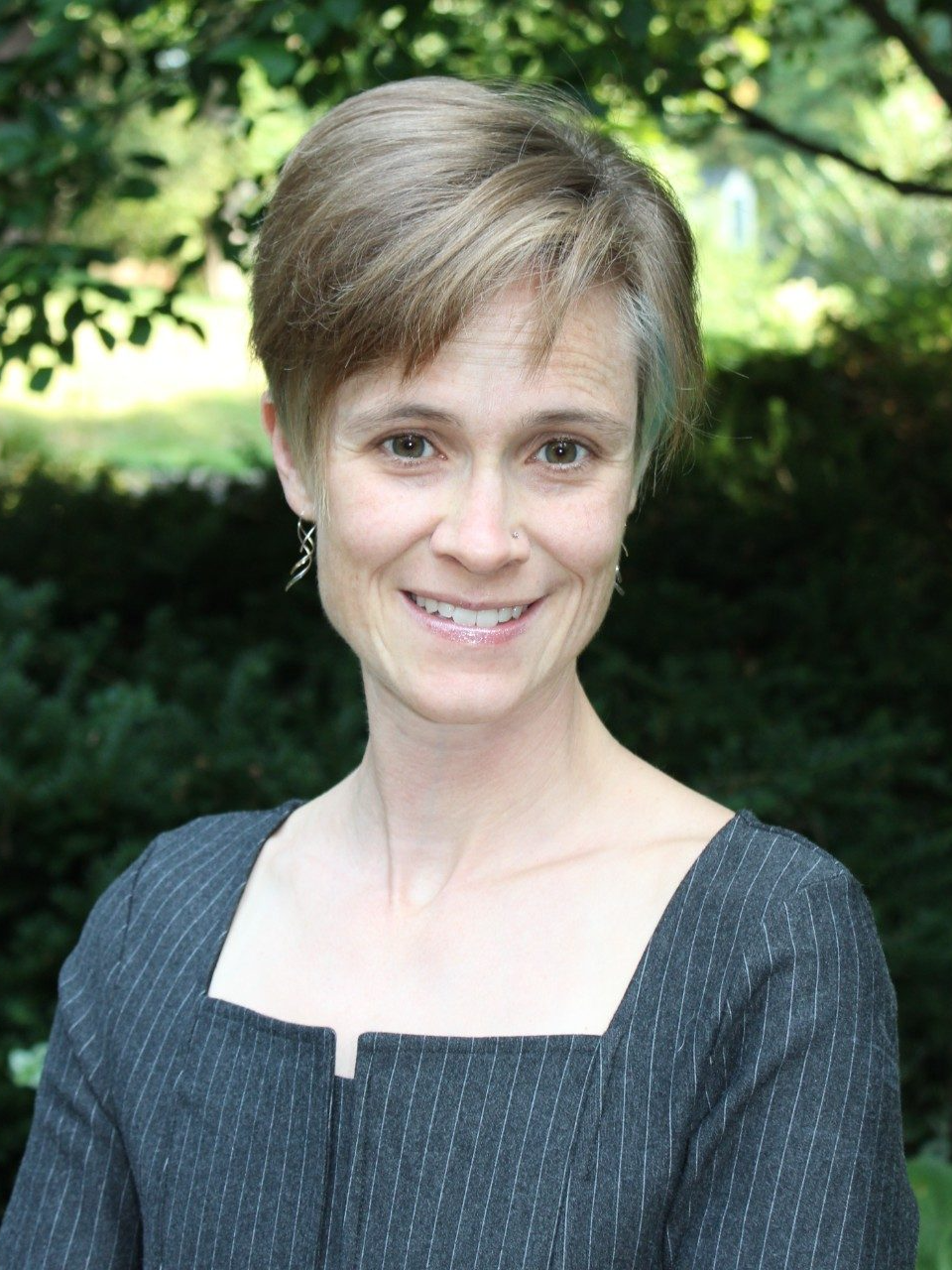
Leigh-Anne Krometis
Associate Professor and Turner Faculty Fellow of Biological Systems Engineering

Linsey C. Marr
Charles P. Lunsford Professor and University Distinguished Professor of Civil and Environmental Engineering

Megan Rippy
Assistant Professor of Civil and Environmental Engineering

Todd Schenk
Chair and Associate Professor of Urban Affairs and Planning
Director of Science, Technology, & Engineering in Policy (STEP) Program
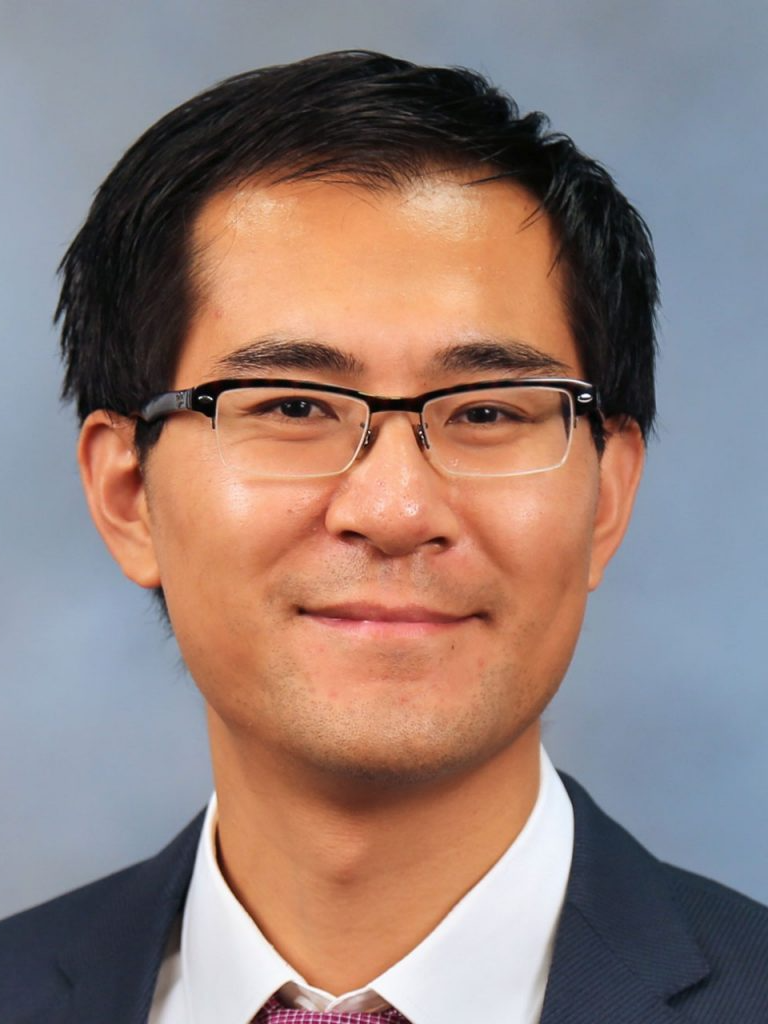
Zhenhua Tian
Assistant Professor of Mechanical Engineering
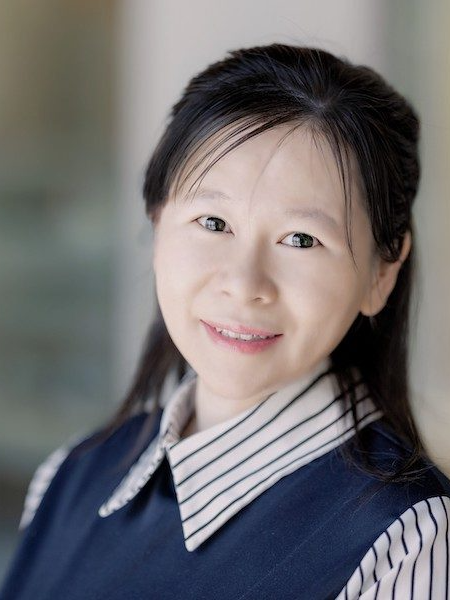
Cindy Yang Yi
Associate Professor of Electrical and Computer Engineering
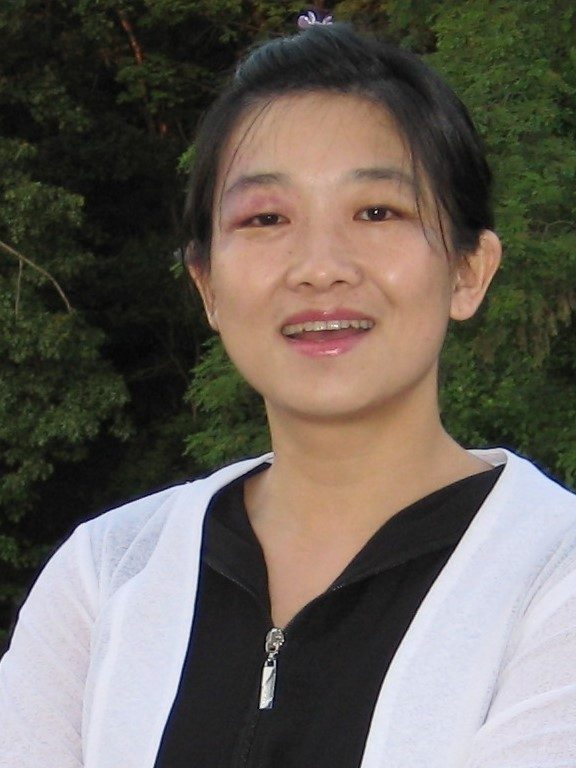
Liqing Zhang
Professor of Computer Science
The TEESCo faculty have a broad research portfolio. Our initial research foci include:
Antimicrobial Resistance (AMR).
Microbial resistance to antimicrobial drugs is a worldwide public health crisis, and as such has been proclaimed by the World Health Organization as one of the greatest threats to human health of our time. Given the existence of background levels of antimicrobial resistance, the factors that influence anthropogenic sources of resistance and the generation and transmission of multi-antimicrobial resistant “super-bugs” are complex. Although substantial effort has focused on mitigation of hospitalderived resistance, the spread of antimicrobial resistance has accelerated, thus creating a need to broadly tackle the problem in a way that diminishes environmental propagation.
Within TEESCo we are holistically examining the factors affecting the environmental dissemination of AMR. This work is supported by numerous state and Federal grants and is the focus of the TEESCo affiliated National Science Foundation Research Traineeship (NRT) in Combating Antimicrobial Resistance.
Nanotechnology Enabled Sensor Development.
Environmental monitoring, both at large and small scale, is challenging due to the variability and complexity of the matrices and the typically low concentrations of pollutants that need to be detected. In recognition of these issues, nanomaterial-enabled sensor platforms have received increasing levels of attention. Owing to their novel properties, nanomaterial-enabled sensor platforms for environmental monitoring promise ultralow multiplex detection and rapid analysis times.
TEESCo faculty are presently working to advance detection of microbial and chemical contaminants with particular focus on viral (SARS-CoV-2, influenza) and bacterial pathogens.
Wastewater Surveillance.
The monitoring of sewage for public health purposes (i.e., wastewater-based surveillance (WBS)) has long been conducted as a means to detect infectious diseases such as polio and typhoid and more recently to monitor illicit drug use. Early in the COVID-19 pandemic it was shown that RNA from SARS-CoV-2 could be detected in wastewater prior to its detection in clinical samples and this has subsequently led to numerous efforts to expand the scope of WBS. Within TEESCo we are working to advance the science of such monitoring, while simultaneously considering its ethical and social implications.


